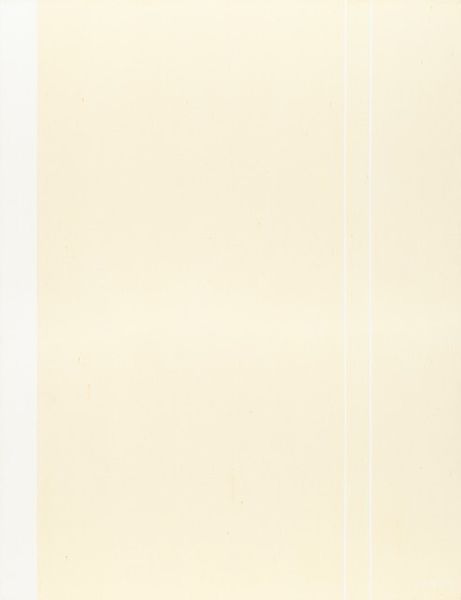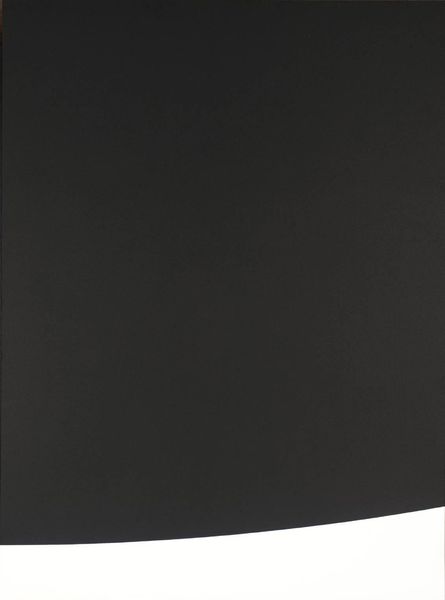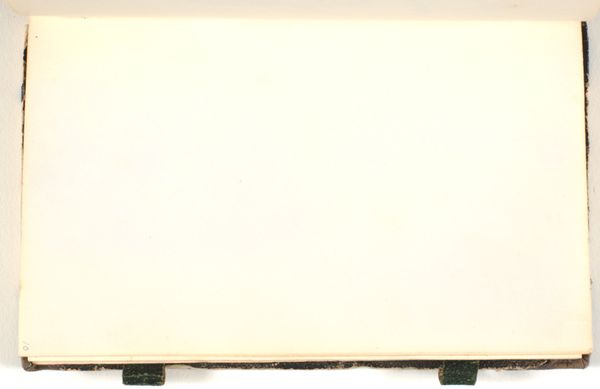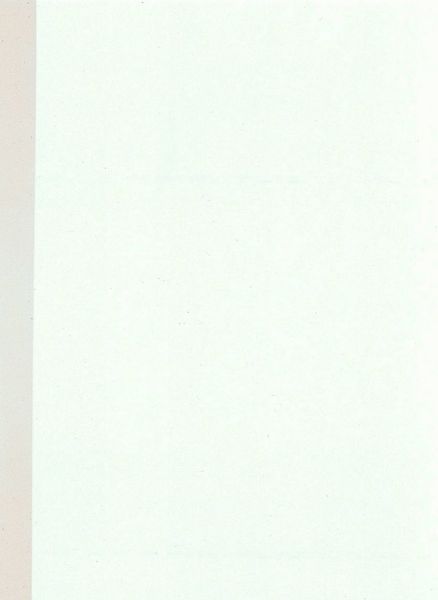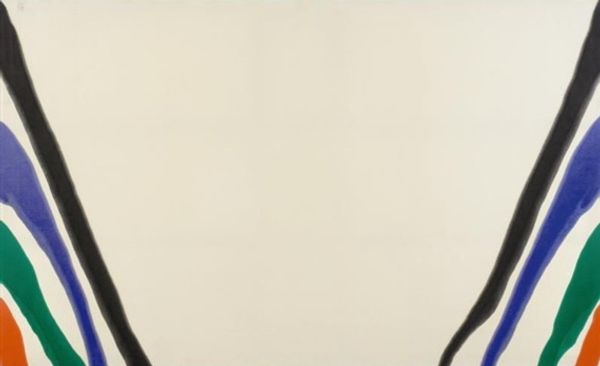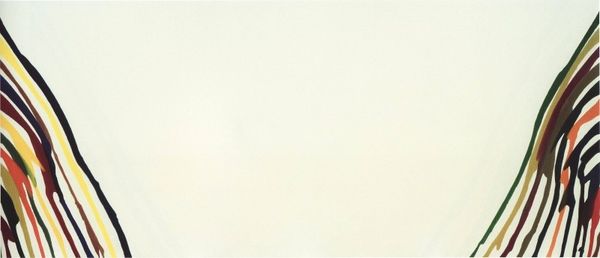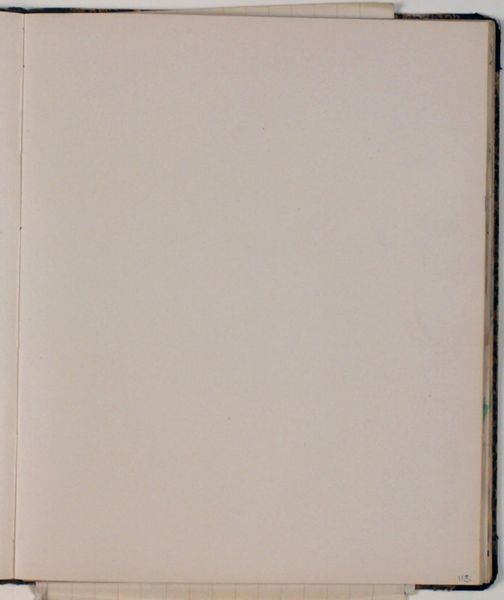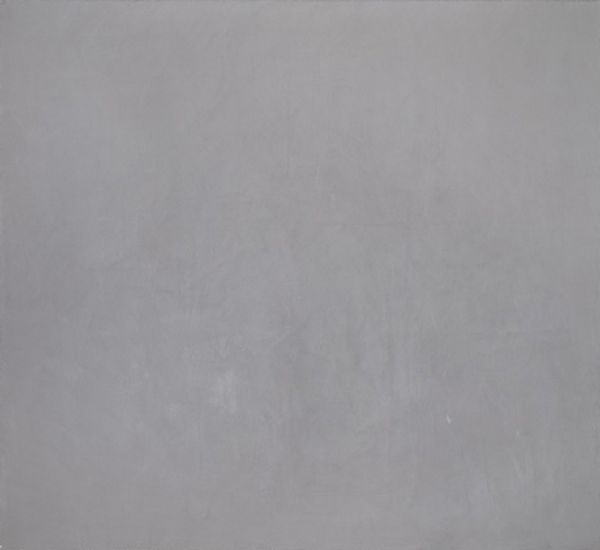
drawing, graphic-art, ink
#
drawing
#
graphic-art
#
comic strip sketch
#
personal sketchbook
#
ink
#
ink drawing experimentation
#
geometric
#
pen-ink sketch
#
abstraction
Dimensions: height 60 mm, width 54 mm
Copyright: Rijks Museum: Open Domain
Curator: Here we have "Vignet" by Elias Voet Jr., created sometime between 1878 and 1940. It is an ink drawing, perhaps a sketch or a study, exploring abstract geometric forms. Editor: It's giving me this strange futuristic-yet-ancient vibe, like hieroglyphics from a spaceship. The sharp lines and stark contrast—it’s both elegant and kind of… foreboding? Curator: The starkness could be due to its graphic nature, common to drawing. Voet was working within a context where printmaking and graphic arts were becoming increasingly important for mass communication and dissemination of information. So clarity was of utter importance to ensure images were reproduced clearly on a printing press. Editor: Absolutely. The drawing on the left reminds me of a simplified architectural plan, maybe an odd building with a sword sticking out from its heart! Is that weird? The other drawing gives me mausoleum vibes… elegant, simple mausoleums from space. Curator: What’s striking to me is the experimentation present. They don’t feel like finished pieces so much as a series of formal explorations, playing with symmetry, asymmetry, balance, and line. It might even point to a specific trend that developed, to use minimalist geometry to depict the zeitgeist in the interwar. Editor: Like the artist just doodling in their notebook trying to visualize what it means to be a person living in their time and age. Like they are saying “what symbol or object truly exemplifies the experience of modern life?” It's interesting you bring that up. What about their setting and background? Where and what for was it made? Curator: That is precisely the sort of question art history grapples with, right? These types of sketches might point to architectural motifs popular during the era, like something we'd find detailing civic building designs. More so, I agree, it really shows how art became entwined with personal expression. Editor: Well, whatever they were for, or what the artist was even thinking, it feels powerful. Something about distilling forms down to their absolute essence, it leaves room for my imagination to run wild. I almost feel like I want to try some of this when I go home! Curator: That, I believe, is one of art's greatest powers. It speaks, and we speak back.
Comments
No comments
Be the first to comment and join the conversation on the ultimate creative platform.

